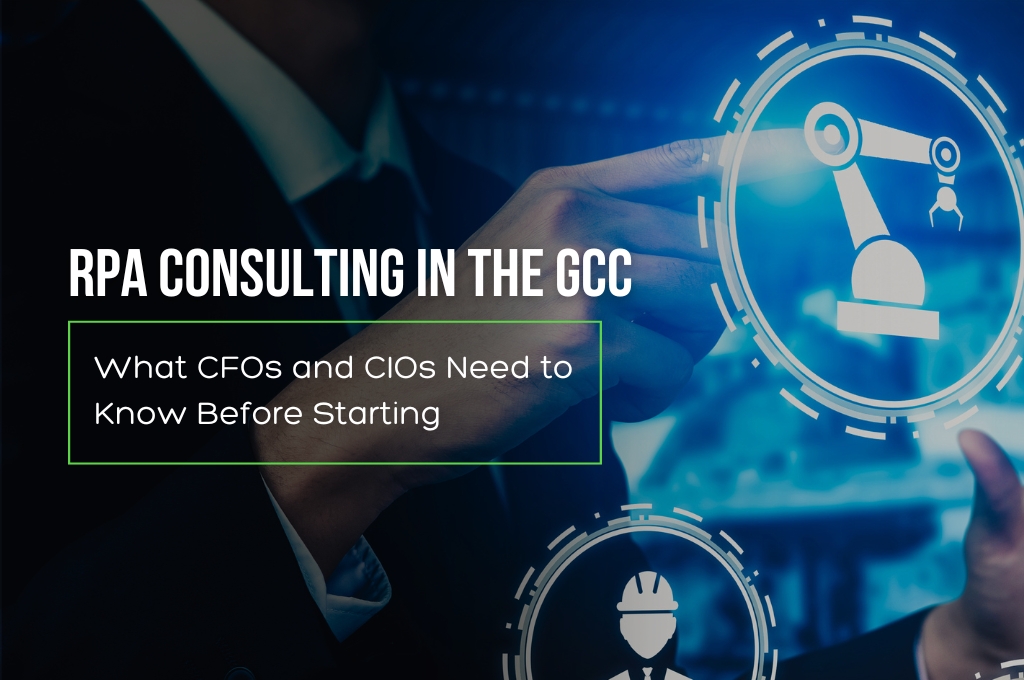Framework for the Future of Customer Experience with AI
Purposeful Intent, Meaningful Connection
Personalization is the cornerstone of modern retail, but hyper-personalization takes customer experience to an entirely new level. This advanced approach goes beyond broad segmentation to deliver precision-tailored interactions for each individual consumer.
Hyperpersonalization leverages real-time data, predictive analytics, and cross-channel integration to dynamically adapt content, recommendations, and touchpoints based on unique customer preferences and contexts. Its deep individualization capabilities provide unparalleled insights, allowing businesses to proactively meet customer needs with unmatched relevance and timeliness.
In the fiercely competitive retail landscape, delivering exceptional, tailored experiences is the key to capturing customer hearts and wallets. Introducing the XYZ Framework for Hyper-Personalization: (X) – Exceptional eXperiences, (Y) – You-centric Strategy & (Z) – Zero In on Technology
Section 1: X – eXperiences
Decoding the Consumer DNA
At the core of exceptional personalized experiences lies a deep understanding of the customer DNA – their preferences, behaviors, and aspirations encoded within the vast troves of data they generate across touchpoints. AI-powered insights can help retailers transcend mere product recommendations and truly anticipate customer needs before they even surface. It’s a level of personalization that feels almost prescient, as if tailored experiences are being crafted by an intuitive personal shopper who understands you better than you know yourself.
But true hyper-personalization requires more than just understanding the customer DNA; it demands seamless execution across every interaction, online and offline. This is where omnichannel strategies come into play, choreographing a harmonious dance of personalized engagements that feel like an extension of the customer’s own preferences and behaviors.
From dynamic website content that adapts in real-time to personalized email campaigns that strike the perfect chord, AI and Machine Learning empower retailers to engage customers with unparalleled relevance and timeliness. It’s a level of customer intimacy that forges unbreakable bonds of loyalty and propels sales to new heights.
Section 2: Y – You (Customer-Centric Approach)
Gone are the days of cookie-cutter customer personas.
In today’s world, each customer is unique, with clearer purchase intentions and more information at their fingertips. To achieve hyper-personalization, we need to go beyond traditional segmentation and leverage advanced technologies.
Real-Time Data Collection and Analysis:
AI and machine learning can collect and analyze vast amounts of data in real-time, including browsing behavior, purchase history, social media activity, and even feedback from customer service interactions. By processing this data instantly, AI can create a comprehensive and up-to-date profile of each customer.
Dynamic Customer Segmentation:
AI/ML algorithms continuously update customer segments based on real-time data, ensuring that personalization efforts are always relevant.
Predictive Analytics:
Machine Learning models predict future behaviors and preferences based on past interactions, allowing retailers to proactively engage customers with highly relevant suggestions.
Personalized Content and Recommendations:
AI-driven recommendation engines analyze customer data to suggest products and content tailored to individual tastes.
Adaptive Customer Journeys:
AI creates adaptive customer journeys that change based on real-time interactions, ensuring a seamless and engaging experience across all channels.
Personalized Communication:
AI-powered systems tailor communication to individual preferences and behaviors.
Continuous Learning and Improvement:
AI/ML systems continuously learn from customer interactions and feedback, ensuring that personalization strategies are always improving and adapting to new data.
Section 3: Z – Zeroing in on Technology
Leveraging AI/ML can help process vast amounts of data to uncover patterns and insights that would be impossible for humans to detect. AI-powered tools like recommendation engines and personalization platforms analyze customer behavior in real-time, delivering tailored product suggestions, targeted marketing messages, and individualized shopping experiences. Implementing advanced analytics further enhances personalization efforts.
Predictive analytics forecast trends and customer needs, allowing retailers to anticipate demand and adjust strategies proactively. Real-time analytics provide instant personalization, adapting to changing customer behaviors on the fly. For these systems to be effective, they must integrate seamlessly with existing CRM and ERP systems, ensuring data consistency and operational efficiency. This seamless integration is crucial for delivering a cohesive and personalized customer experience.
Conclusion
By implementing the XYZ Framework, retailers can forge meaningful connections with customers, enhance satisfaction, and foster long-term loyalty. The Consumer of Tomorrow is savvy, individualistic, and informed, driving the demand for personalized experiences. Technologies such as augmented reality (AR), virtual reality (VR), and Internet of Things (IoT) are revolutionizing the retail landscape, blurring the lines between physical and digital realms.
Retailers embracing these innovations can offer virtual try-ons, immersive shopping experiences, and personalized recommendations, creating unforgettable journeys that cultivate customer loyalty. Because in retail, More is always Less, and Tomorrow is Now.




